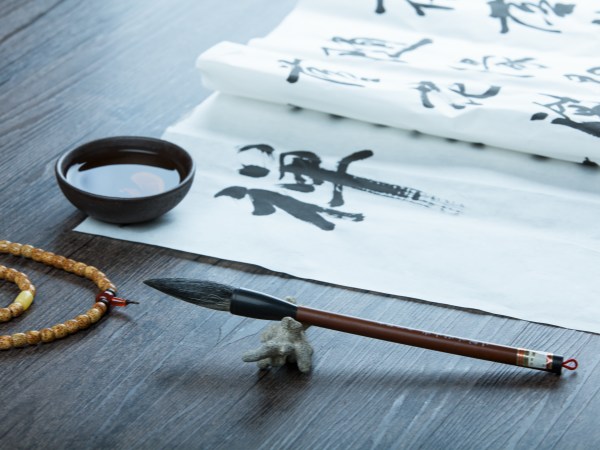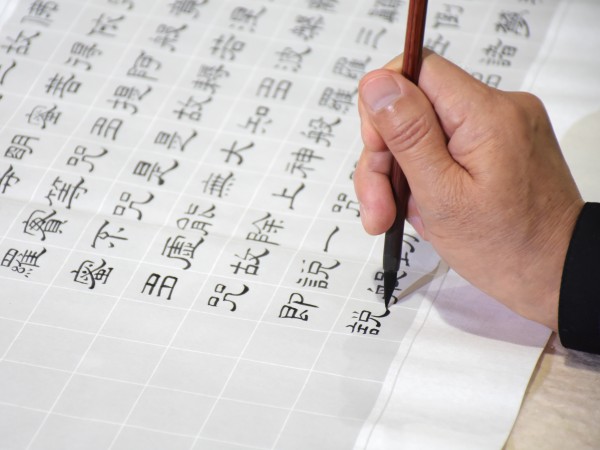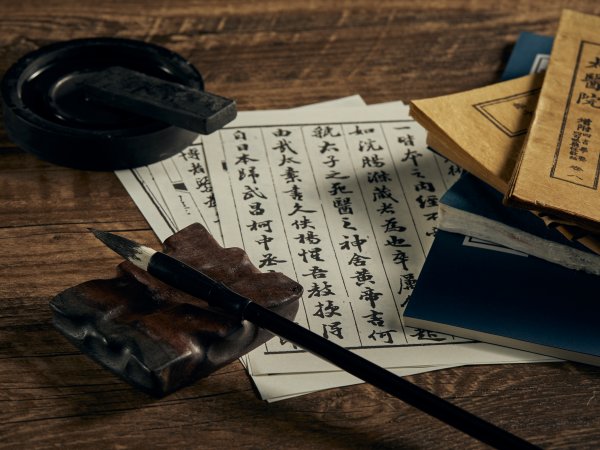Chinese Calligraphy
Chinese calligraphy is an important part of traditional Chinese culture, not only as an art form, but also as a manifestation of cultural spirit.
Here, we Below is a detailed description of Chinese calligraphy:
I. Origin and Evolution of Chinese Calligraphy
Chinese calligraphy originated in the Shang Dynasty (about 3,000 years ago), where characters on oracle bones and bronze writing represented the first traces of calligraphy. During the Qin Dynasty (about 2,200 years ago), seal script became the official form of writing, and with the development of Chinese character writing, styles such as clerical, cursive, and regular script gradually appeared.
The emergence of clerical writing marked a new stage in Chinese calligraphy, with flat character shapes and simple strokes, showing a strong artistic sense. Cursive writing is a more expressive style, with changing character shapes and flowing lines, providing aesthetic enjoyment. Regular script, on the other hand, is a standardized character style, with well-defined character shapes and clear strokes, which serves as the basis for writing modern Chinese characters.

II. Chinese Calligraphy Tools and Materials
The writing tools of Chinese calligraphy mainly include the brush, whose bristles are made of sheep, rabbit, or wolf wool, with soft and elastic characteristics that allow calligraphers to display unique strokes.
The main writing materials are ink, paper and ink stone (used to grind traditional solid ink bars). In addition, calligraphers can also use seals and seal ink as auxiliary tools to enhance the artistic effect of their works.

III. Characteristics and Styles of Chinese Calligraphy
Chinese calligraphy has unique characteristics and artistic styles, including simple strokes, balanced structure and expressive vitality. Simple strokes refer to the representation of the essence and beauty of characters with simple strokes; balanced structure refers to stable and well-balanced characters that bring a sense of comfort and beauty; and expressive vitality refers to the energy and dynamism found in the works, which show the emotions and temperament of the calligrapher.
Different calligraphers have different styles, such as Yan style, Liu style, Ou style, among others, which together form the rich diversity of the art of Chinese calligraphy.

IV. Aesthetic Meaning and Social Function of Chinese Calligraphy
Chinese calligraphy, as a unique art form, has aesthetic meaning and social function.
In terms of aesthetic meaning, Chinese calligraphy conveys a sense of beauty and emotional resonance through strokes, structure and character arrangement, bringing pleasure and enjoyment to those who appreciate it. In terms of social function, Chinese calligraphy plays an important role in cultural transmission, moral education and cultural exchange.
Calligraphy works can not only decorate the environment as art, but also serve as educational tools to help people learn and write Chinese characters, cultivating good culture. Furthermore, Chinese calligraphy is an important medium for Chinese cultural communication internationally, conveying Chinese cultural spirit and values through its works.

V. Modern Development and Innovation of Chinese Calligraphy
With social development and technological advancement, Chinese calligraphy is also undergoing constant innovations and developments. Modern calligraphers, on the basis of traditional heritage, constantly explore new art forms and techniques of expression, such as modern cursive calligraphy, modern regular calligraphy, semi-cursive calligraphy, among others.
Furthermore, with the popularization and application of digital technology, computer font design and digital art provide new opportunities and challenges for the development of Chinese calligraphy. Modern calligraphers focus on combining traditional elements with modern elements, exploring new works of calligraphy that are aesthetically valuable and relevant to the modern era. At the same time, they are also actively exploring the possibility of combining Chinese calligraphy with Western art forms, providing new ideas and directions for the internationalization of Chinese calligraphy.

In short, Chinese calligraphy is a form of art and culture with unique charm and value. With a long and deep history, it has rich aesthetic meaning and social function. In modern society, we must continue to promote the essence of traditional Chinese culture.













